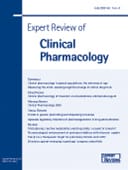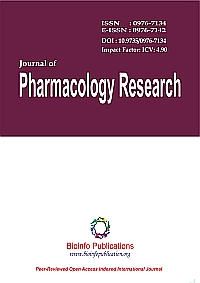
“JWH015 is a cannabinoid (CB) receptor type 2 agonist that produces immunomodulatory effects. Since skin cells play a key role in inflammatory conditions and tissue repair, we investigated the ability of JWH015 to promote an anti-inflammatory and pro-wound healing phenotype in human primary skin cells.
The expression of CB1 and CB2 receptors (mRNA) and the production of pro- and anti-inflammatory factors enhanced in keratinocytes and fibroblasts following lipopolysaccharide stimulation. JWH015 reduced the concentration of major pro-inflammatory factors (IL-6 and MCP-1) and increased the concentration of a major anti-inflammatory factor (TGF-β) in lipopolysaccharide-stimulated cells.
JWH015 induced a faster scratch gap closure. These JWH015’seffects were mainly modulated through both CB1 and CB2 receptors. Topically administered JWH015 was mostly retained in the skin and displayed a sustained and low level of transdermal permeation.
Our findings suggest that targeting keratinocytes and fibroblasts with cannabinoid drugs could represent a therapeutic strategy to resolve peripheral inflammation and promote tissue repair.”








